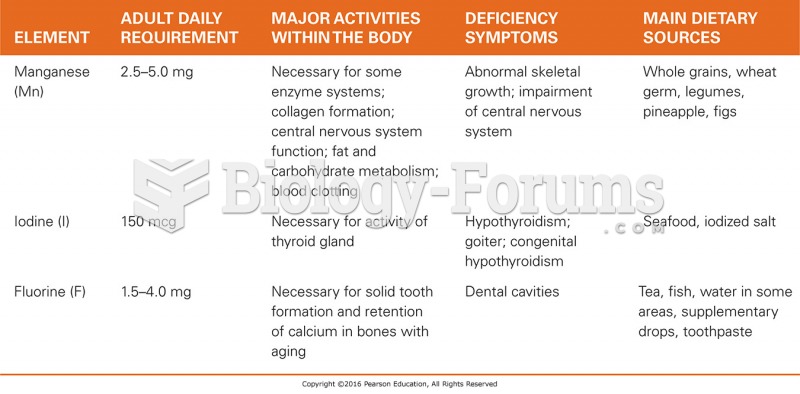Answer to Question 1
Variety improves nutrient adequacy. A diet may have all of the virtues just described and still lack variety, if a person eats the same foods day after day. People should select foods from each of the food groups daily and vary their choices within each food group from day to day for several reasons. First, different foods within the same group contain different arrays of nutrients. Among the fruits, for example, strawberries are especially rich in vitamin C while apricots are rich in vitamin A. Second, no food is guaranteed entirely free of substances that, in excess, could be harmful. The strawberries might contain trace amounts of one contaminant, the apricots another. By alternating fruit choices, a person will ingest very little of either contaminant. Third, as the adage goes, variety is the spice of life. A person who eats beans frequently can enjoy pinto beans in Mexican burritos today, garbanzo beans in a Greek salad tomorrow, and baked beans with barbecued chicken on the week-end. Eating nutritious meals need never be boring.
Answer to Question 2
Nutrient density promotes adequacy and kcalorie control. To eat well without overeating, select nutrient-dense foodsthat is, foods that deliver the most nutrients for the least food energy. Consider foods containing calcium, for example. You can get about 300 milligrams of calcium from either 1 ounces of cheddar cheese or 1 cup of fat-free milk, but the cheese delivers about twice as much food energy (kcalories) as the milk. The fat-free milk, then, is twice as calcium dense as the cheddar cheese; it offers the same amount of calcium for half the kcalories. Both foods are excellent choices for adequacy's sake alone, but to achieve adequacy while controlling kcalories, the fat-free milk is the better choice. (Alternatively, a person could select a low-fat cheddar cheese with its kcalories comparable to fat-free milk.)
Just as a financially responsible person pays for rent, food, clothes, and tuition on a limited budget, healthy people obtain iron, calcium, and all the other essential nutrients on a limited energy (kcalorie) allowance. Success depends on getting many nutrients for each kcalorie dollar. A person who makes nutrient-dense choices can meet daily nutrient needs on a lower energy budget. Such choices support good health.
Foods that are notably low in nutrient densitysuch as potato chips, candy, and colasare called empty-kcalorie foods. The kcalories these foods provide are called empty because they deliver a lot of energy (from added sugars, solid fats, or both) but little, or no, protein, vitamins, or minerals.
The concept of nutrient density is relatively simple when examining the contributions of one nutrient to a food or diet. With respect to calcium, milk ranks high and meats rank low. With respect to iron, meats rank high and milk ranks low. But it is a more complex task to answer the question, which food is more nutritious? To answer that question, we need to consider several nutrients including both nutrients that may harm health as well as those that may be beneficial. Ranking foods based on their overall nutrient composition is known as nutrient profiling. Researchers have yet to agree on an ideal way to rate foods based on the nutrient profile, but when they do, nutrient profiling will be quite useful in helping consumers identify nutritious foods and plan healthy diets.
Foods listed as examples will vary.







